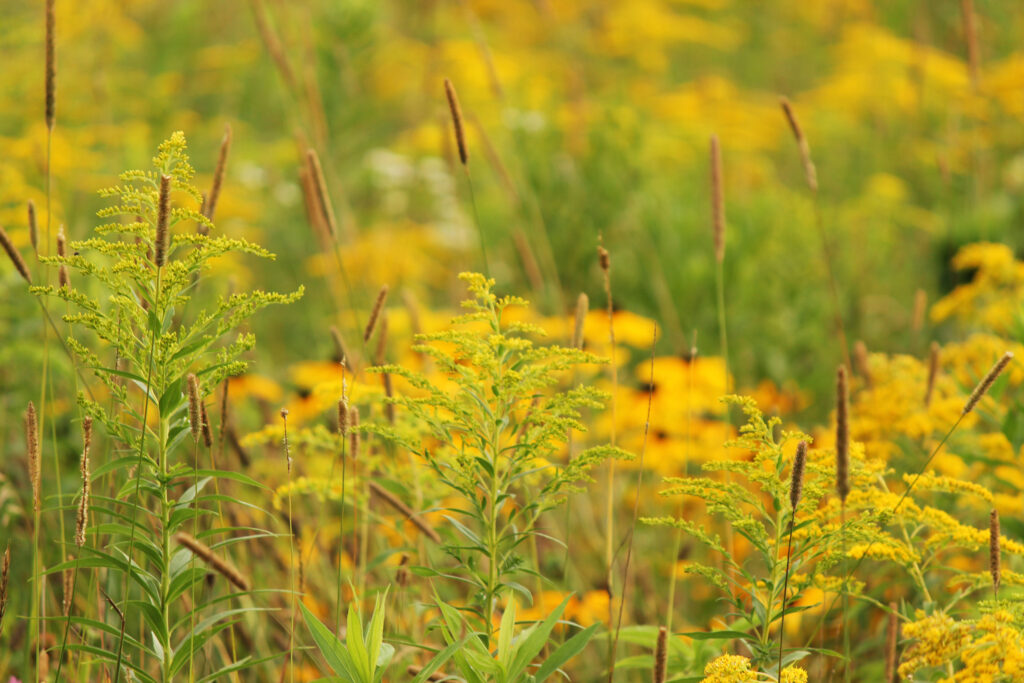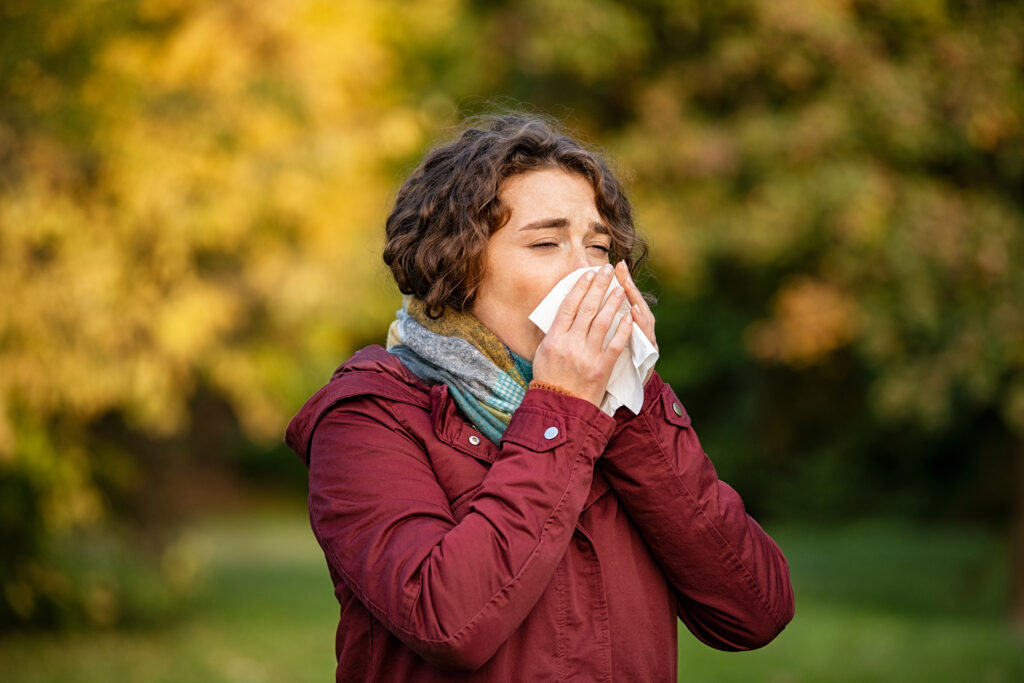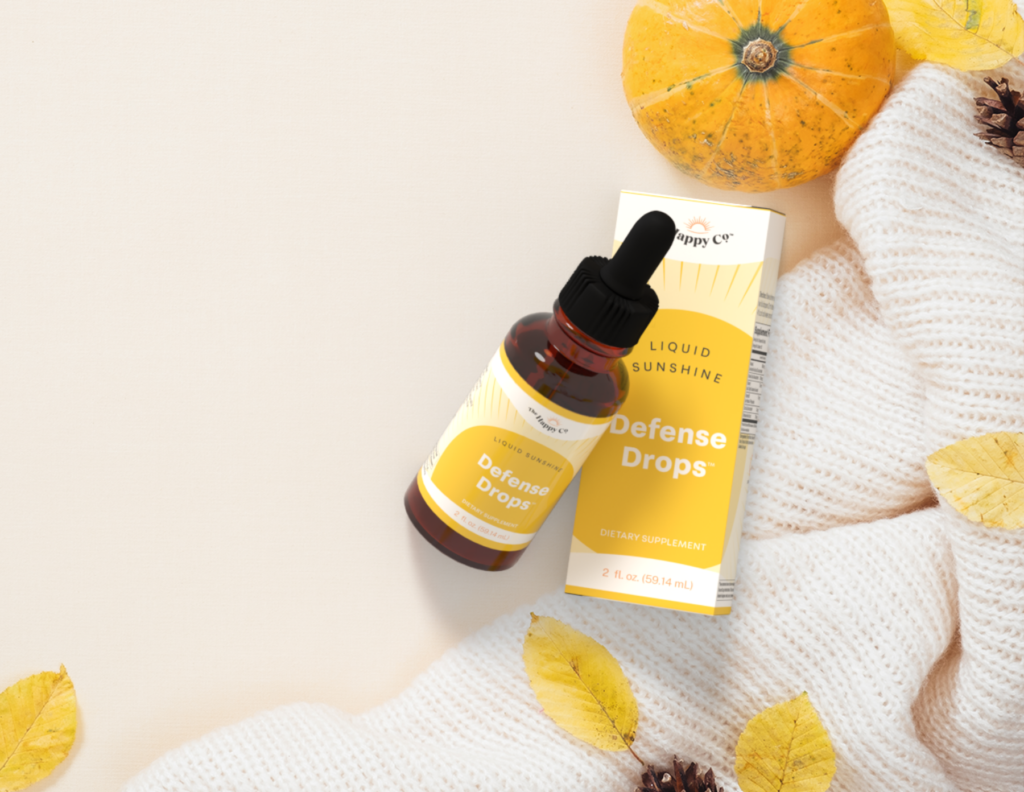September is loved for its gorgeous landscapes, cooler weather, and feelings of renewal and change. It’s an easy favorite among transitional months. However, along with that crisp autumn air, September also ushers in its own set of allergens that can leave you reaching for the tissue box. Here we look at the most prevalent allergens and how to best manage your symptoms.
The most common culprit in fall is ragweed pollen allergy.
According to The Asthma and Allergy Foundation of America (AAFA), seasonal allergies occur when something in the environment causes our immune system to overreact. While many times we think of seasonal allergies in the spring, they can also be found through summer and fall.

There are 17 types of ragweed which are found across the US. While ragweed is most common on the East Coast and Midwest, the only state free of the weed is Alaska. Because ragweed pollen is light and can travel for hundreds of miles from the wind alone, you can suffer from ragweed pollen allergy even if it doesn’t grow where you live.
For most of the country, ragweed peeks in September. However the plant blooms from August until November. Ragweed only survives one season and is usually killed off after the first frost. Even so, a single ragweed plant can have as many as a billion pollen grains which are easily spread by wind. According to the AAFA dormant seeds in the soil can grow after decades of waiting for the right conditions.

Furthermore, the AAFA reports that as many as 50 million people in the U.S. experience allergy symptoms due to ragweed pollen which can include sneezing, runny or stuffy nose, itchy or watery eyes, throat irritation, sleep disturbances, and more. And, for those who suffer from asthma, a ragweed pollen allergy can trigger symptoms like coughing, wheezing, shortness of breath, and chest tightness or pain.
The Fall Allergy Conundrum
In addition to ragweed, mold spores, and other allergens can trigger sneezing, itchy eyes, and congestion, making it challenging to fully enjoy this enchanting time of year.
Mold is a type of fungus that thrives in damp, decaying organic matter, making the fall season an ideal environment for its growth. The combination of decaying leaves, wet soil, and cooler temperatures creates favorable conditions for mold to proliferate.
Could your immune system use some added support?
Our immune system works to protect us daily, and we never notice it. But when the performance of our immune system is compromised, that’s when we face illness.
Our Liquid Sunshine Defense Drops are uniquely formulated with high-potency Vitamin D3, plus Vitamin C, E, B6, Zinc, and Echinacea to help support your body’s immune response.†

With more than 100% of the minimum recommended daily allowance for several key vitamins, Defense Drops are formulated for immune support, nutrition, anti-aging, healthy skin and eyes, sleep, and more!
This fall, don’t let seasonal allergies steal your joy. Empower your immune system with Defense Drops, fortified with essential nutrients like zinc, echinacea, and vitamins D, E, and C. By providing your body with these immune-boosting ingredients, you can enjoy the splendor of autumn without the constant sneezing and congestion.
† These product statements have not been evaluated by the Food and Drug Administration. These products are not intended to diagnose, treat, cure, or prevent any disease.



